
Container lines consider scrapping strategy as new ship deliveries surge
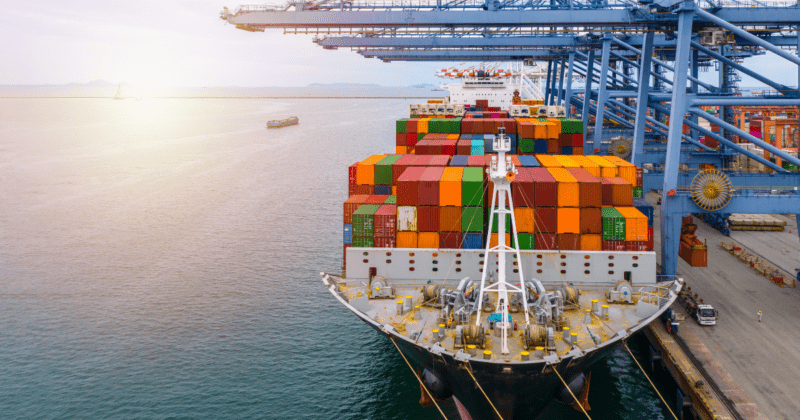
Shippers who are now building up inventories are enjoying the benefits of more seamless and reliable services as carriers limit blank sailings and schedule reliability benchmarks perk upwards. However, the reality for shippers is a patchy demand for container shipping as the market gears up for a potential Q3 peak season with plenty of space on ships.
Schedule reliability perks upwards
Improving service metrics are clear signals of a slide towards ‘normalization’ in container markets. To put this improvement into perspective, the trans-Pacific trade between Asia and North America’s West Coast had one in four sailings canceled during the pandemic. This compares to less than 10 percent in June this year. While blank sailings will not disappear, Sea-Intelligence notes that the number of blank sailings is at the lowest since the pandemic started.
The analyst’s latest schedule reliability figures highlight how companies relying on container shipping are enjoying major improvements. The latest data through May revealed that global schedule reliability is now up to 68 percent, a 30.3 percentage point improvement compared to the same point in 2022. Maersk was the most reliable top-14 carrier with schedule reliability of 73.5 percent, followed by Wan Hai with 70.9 percent, and Mediterranean Shipping Company (MSC) with 70.4 percent.
Improving schedule reliability would, of course, be ideal with a balance in capacity and demand. As the July DHL Ocean Freight Market Update details, there are positive economic signals and inflation is poised to subside. And when this happens, ocean supply chains will be better prepared now than at any time in the last three years to cope with an uptick in demand.
Yet, a record-breaking number of incoming vessels is throwing things off balance.
To scrap or not to scrap
The biggest challenge for carriers is working out how to balance deploying their vessels on trades in a way that does not further erode rates and margins. And that is a herculean task, given the speed at which new capacity will join the fleet over the next 18 months.
Alphaliner expects a record 385 vessels totaling 2.22M Twenty Foot Equivalent Units (TEU) capacity to join the fleet this year. This new record for box ship deliveries in 2023 will be surpassed in 2024 when a further 391 ships of almost 3M TEU capacity are forecasted to enter service.
In the past, lines have embarked on rates wars to bolster market share and fill ships when demand has softened. The current alliance-led, consolidated industry should be less prone to a rates war.
Global fleet capacity is now around 26M TEU, up from 6M TEU just 20 years ago. Jan Tiedemann, Head Analyst at Alphaliner, believes carriers might be more cautious and start scrapping vessels as new deliveries arrive. “There’s not much more slow steaming you can implement because you are already slow steaming,” said Tiedemann. “There are no more commodities you can expand container shipping into because everything is already containerized with very, very few exceptions.
If lines do not start accelerating vessel scrapping, they will soon have few deployment options left open. With so many ships ordered and no designated location in demand for them, where should the ships go?
“The answer to that question needs to be, ‘everywhere’. Every trade will have to absorb these ships,” noted Tiedemann.
Re-thinking the capacity deployment strategy
Beyond the scrapping route, carriers are re-looking at their trade routes to optimize deployment amid a capacity boom.
According to Alphaliner, just 9 percent of MSC’s fleet is now deployed on Asia-North America services, down from 16 percent last year. MSC now has more tonnage operating in Far East-Europe (23 percent), the Middle East/Indian sub-continent (14 percent) as well as services to and from Africa (13 percent), and on the trans-Atlantic (10 percent) trade than on the Asia-North America lane.
By comparison, 22 percent of A.P. Moller - Maersk's fleet is deployed on Asia-Europe services and 18 percent on Asia-North America services.
According to the July DHL Ocean Freight Market Update, Hapag-Lloyd is Number 1 on Latin American trades, while Cosco and Evergreen are specialists for intra-Asia. CMA CGM and Cosco deploy the largest part of their fleet on the Asia outbound lanes to Europe and North America. HMM has high focus on the Far East-Europe trading, while Yang Ming focuses on the Transpacific trade.
Zim still has the largest portion deployed on the Transpacific but is now also active on the Asia-Europe route with its own tonnage after the termination of cooperation with 2M, the former alliance of MSC and Maersk.
Alphaliner notes that 21 percent of all liner capacity is now active between the Far East and Europe. The Asia-North America lane is the second largest, with 18 percent of liner capacity.
It is evident that container lines are likely to each follow their own strategies on scrapping, much as they are now regarding their very distinctive deployment strategies.
How will the capacity spike in Asia and worldwide pan out in the months? It depends on the effectiveness of the carriers’ scrap versus deployment strategy, and the state of demand in the months leading into the peak season.
MORE FROM THIS COLLECTION
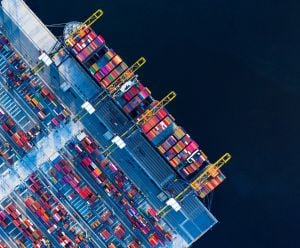
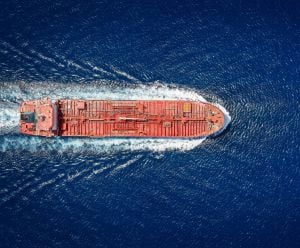
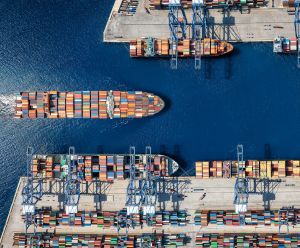
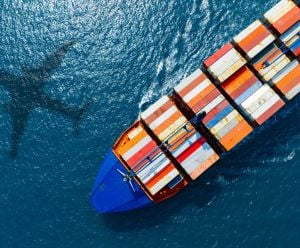
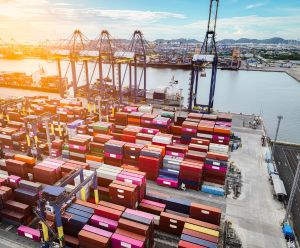








 English
English